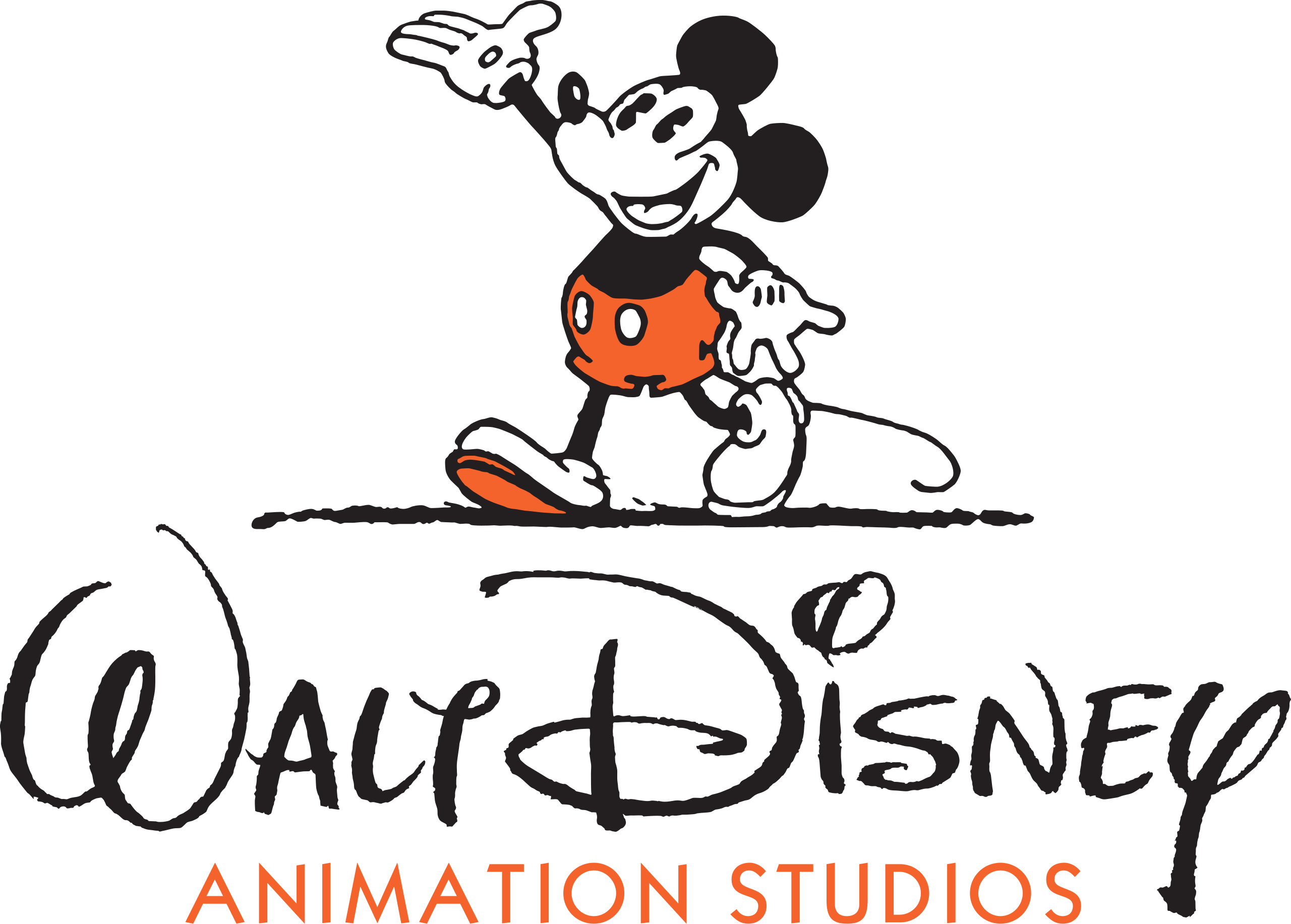Meet Inna

Pedorthist
Inna Chon has been a Pedorthist since 2005. She got her pedorthic credential from The Foot and Ankle Institute of Temple University in Philadelphia and holds a degree in Physical Therapy from South Korea. Inna specializes in Aligning Tilted Anklebones with custom orthotics & perform Anklebone Alignment test, which she found out from her animation background. With her physical therapy background, she insists that aligning the anklebones is key to effectively treating foot pain and major joint issues — something most approaches overlook.
Unique Perspective
After moving to the U.S., Inna’s journey took an unexpected turn as she became an animator for Disney Feature Animation Studio, contributing to 16 films. As an animator, she knows how to analyze movement, considering weight and ground reaction forces, and catches subtle movements to draw out natural movement for the big screens.
Inna felt like she was prepared to work in pedorthic field after having animation & physical therapy background. With her animation skill, she found out that everybody’s Tarsal joint is falling w/ each step and tilts the anklebones on which the leg bone stands; this systematically throws entire major joints out of alignment, and orthotics are essential device to Realign Fallen Tarsal joint & Tilted Anklebones, and eventually, she found out how to do the Anklebone Alignment test. And her physical therapy background found out that the Tilted Anklebones keep damaging every weight-bearing joints and cause the foot & major joint pain, leg muscle tendonitis, scoliosis, and much more. Now, her passion is letting people know they all have tilted anklebones; & so need to align their tilted anklebones to stop the ongoing damage to the foot & major joints.
Research
Inna began her research with a simple but powerful hypothesis:
Human joints are irregularly shaped & each has a unique range of motion. That means when a joint sits at a certain angle, we can’t tell just by looking whether it’s within its range or out of alignment. But there is a way to tell — through muscle strength test. If a joint is properly aligned and within its functional range, the surrounding muscles can engage at full strength and move through their full range of motion. But even a slight misalignment will limit both muscular strength and mobility.
As Inna analyzed the walking cycle — factoring in body weight and ground reaction forces — she realized something profound: the tarsal joints begin to fall and tilt the anklebones as early as toddlerhood, when we first learn to stand and walk. On tilted anklebones, the body should fall. But the human body is incredibly skilled at compensation. After falling a few times, toddlers learn to keep their body from falling by standing in a zigzag posture, which Inna named Primary Compensating Behavior — the body’s first adaptation to misalignment.
As we grow and begin lifting weight with our hands, our body does additional compensations to keep the body from falling on tilted anklebones, which Inna named as Secondary Compensating Behaviors: there are 3 of them: Using the Core Muscles, Body Tilting, & Toe Grabbing.
These discoveries led her to develop the Anklebone Alignment Test (AA Test) — a simple way to determine whether your anklebones are tilted or properly aligned.
Anklebone Alignment
Anklebone Alignment test is applying a weight on the anklebone(s) by lifting a weight (that takes an effort to lift) w/ extended arm(s) w/out compensating: No use of core muscles, No body tilting, & No toe grabbing. These compensating behavior are like squinting of eyes when doing vision test. On Tilted anklebones, the weight slides down making the body fall (unless we compensate, so body must not compensate when doing AA test); Falling body cannot lift the weight. On Aligned anklebones, the weight stays, so the body doesn’t fall (so doesn’t have to compensate); As a result, the body can lift the weight much easily. Just know the compensating behaviors use energy. Even on Aligned Anklebones, we can lift weight while compensating. Then the same weight becomes heavier, because the body is doing 2 tasks; lifting weight and compensating.
-
On tilted anklebones, the body cannot lift weight without compensating and cannot move through its full range of motion.
-
On aligned anklebones, the body can lift weight without compensating and can use its full natural movement.
Her expertise in analyzing the biomechanics of foot structure has led to a paradigm shift in clinical methodology, particularly with her Anklebone Alignment Test . This test assesses whether your feet—and, by extension, your entire body—are aligned. Inna is also the author of “Pedorthics 101: For Your Foot Health,” where she educates people on the interaction between foot mechanics, weight, and ground reaction forces. Her passion lies in restoring human body’s mechanical functionality while promoting the pedorthic practice.
Testimonials
Inna Chon has worked with thousands of patients over the course of her career. Here are just some of the feedback from her patients.
I have Feet Balance orthotics in all my boots and shoes—even dress shoes. Ms. Inna Chon has custom made each pair, paying particular attention to balance. As a result, I am able to walk, run, climb and maneuver right along with much younger people. Body balance through my Feet Balance orthotics is one of the keys that makes this possible.
I used to tell people that my legs felt like sticks, but now I do not have any pain in my legs. I am convinced that if I had had this help earlier, I would not have a bunion today. Even the bunion doesn’t hurt as much, and I can wear all my old shoes again.
Luckily I found Inna who did her usual tests and replaced my orthotics with her own design. within a couple of days my physical problems cleared up and I am now pain-free. She really knows what she is doing.

